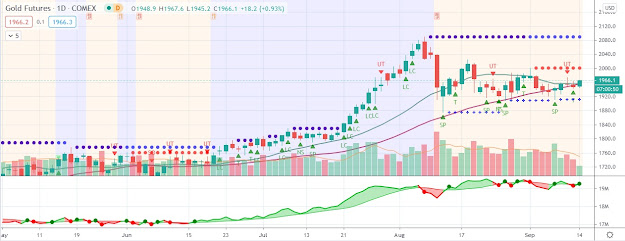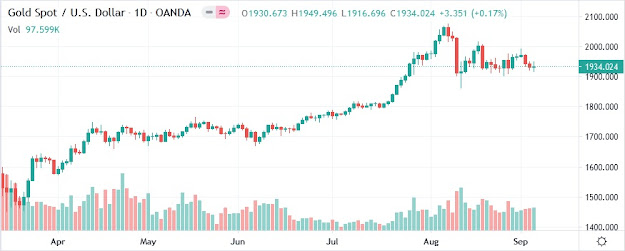Gold edges up on weaker dollar, dovish U.S. Fed policy bets

Gold edged higher on Monday, helped by a weaker dollar and expectations that the U.S. Federal Reserve will reiterate its dovish monetary policy stance this week. Spot gold was up by 0.1% at $1,943.58 per ounce. U.S. gold futures rose 0.1% to $1,950.10 per ounce. “Gold is firm on the basis that the Fed could adopt a further dovish message with respect to average inflation targeting,” said Michael Hewson, chief market analyst at CMC Markets UK. “If you want to have a policy of average inflation targeting, you’re going to have to go into detail as to how you are going to arrive at that particular outcome.” The dollar retreated on Mond ay, bolstering gold’s appeal for investors holding other currencies, ahead of the Fed’s policy decision due on Wednesday. “If inflation forecasts remain at 2% or below, this could offer gold a tailwind as the zero-yielding metal thrives in a low-interest rate environment,” said FXTM analyst Lukman Otunuga. Market participants are also wai...
